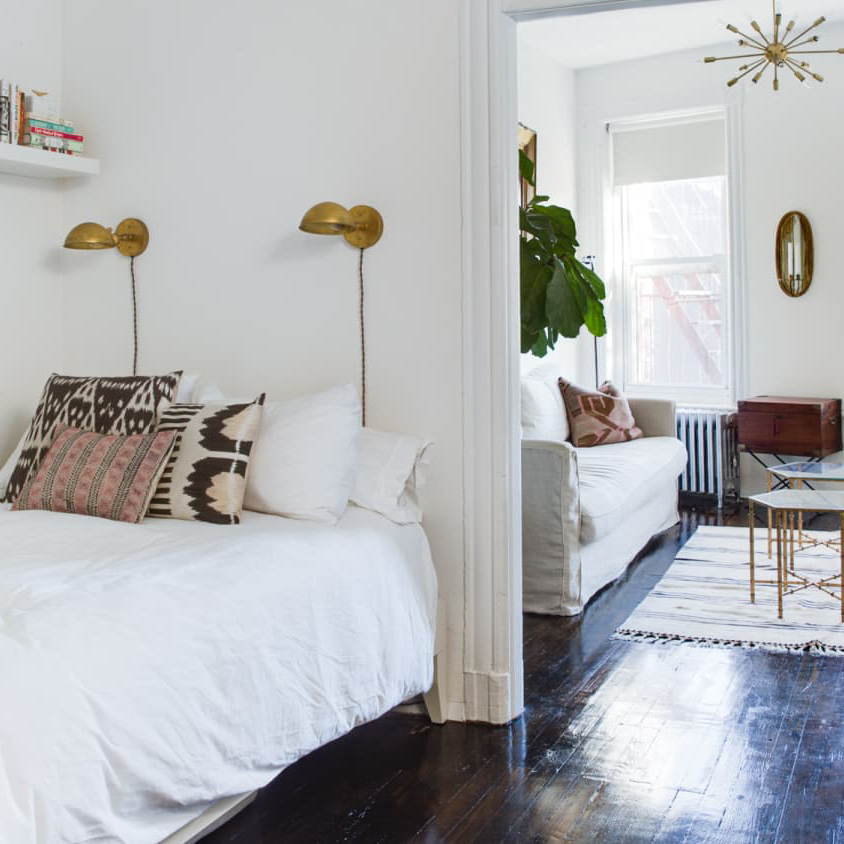Introduction
Lighting is an essential aspect of any home. It not only allows us to see in the dark but also sets the mood and ambiance of a space. LED wall lamp strips are a popular lighting option that can significantly enhance the style and mood of any room. In this article, we will explore what LED wall lamp strips are, their benefits, and how to install them.
What Are LED Wall Lamp Strips?
LED wall lamp strips are thin strips of LED lights that can be attached to the wall. They are easy to install and come in a variety of colors, shapes, and sizes to match any style or decor. LED wall lamp strips are also energy-efficient and have a longer lifespan than traditional light bulbs.
Benefits of LED Wall Lamp Strips
There are many benefits to using LED wall lamp strips:
- Energy-efficient: LED lamps consume less energy than traditional bulbs, which can help you save money on your electricity bills.
- Long-lasting: LED lamps can last for up to 50,000 hours, which is significantly longer than traditional bulbs.
- Environmentally friendly: LED lamps do not contain mercury, which is harmful to the environment.
- Customizable: LED wall lamp strips come in different colors, shapes, and sizes, allowing you to create a unique lighting design that fits your style and decor.
- Safe: LED lamps generate less heat than traditional bulbs and are less likely to overheat or cause a fire.
How to Install LED Wall Lamp Strips
Installing LED wall lamp strips is a straightforward process. Here are the steps:
- Choose the location: Decide where you want to install the LED wall lamp strips.
- Clean the surface: Make sure the surface is smooth and clean to ensure that the adhesive sticks properly.
- Measure the length: Measure the length of the area where you want to install the LED strip lights.
- Cut the strip light: Use scissors to cut the LED strip light to the desired length.
- Connect the power supply: Connect the power supply to the LED strip light.
- Attach the LED strip light: Peel off the adhesive backing and attach the LED strip light to the surface.
- Test the lights: Turn on the power supply and test the lights to ensure they are working correctly.

